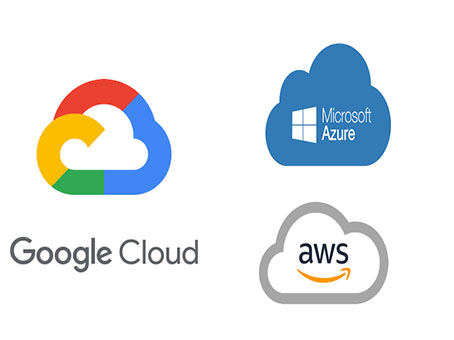
Data security
Data security for the cloud services refers to the policies, technologies, and controls used to protect data stored in cloud environments. With the increasing reliance on cloud services, ensuring the confidentiality, integrity, and availability of data is crucial. Here’s an overview of key aspects of data security in the cloud:
Data security
Data Encryption:
- At-Rest Encryption: Encrypting data stored on cloud servers to protect it from unauthorized access.
- In-Transit Encryption: Using protocols like TLS/SSL to secure data as it travels between users and cloud services.
- Key Management: Implementing secure key management practices, ensuring encryption keys are stored and handled securely.
Access Control:
- Identity and Access Management (IAM): Define user roles and permissions to control who can access data and resources.
- Multi-Factor Authentication (MFA): Implement MFA to add an extra layer of security when users log in.
- Least Privilege Principle: Grant users the minimum level of access necessary for their roles to reduce the risk of unauthorized data access.
Data Loss Prevention (DLP):
- DLP Solutions: Deploy DLP tools to monitor, detect, and respond to unauthorized data sharing or access attempts.
- Policy Enforcement: Set policies to restrict sensitive data from being transferred or accessed inappropriately.
Compliance and Governance:
- Regulatory Compliance: Ensure adherence to relevant regulations such as GDPR, HIPAA, or PCI-DSS, which govern data protection and privacy.
- Auditing and Reporting: Regularly conduct audits and generate reports to ensure compliance and track data access and modifications.
Secure Data Storage Solutions:
- Choosing Providers Wisely: Select cloud providers that have robust security measures and certifications (e.g., ISO 27001, SOC 2).
- Data Segmentation: Use techniques to segment and isolate sensitive data from other types of data.
Incident Response and Monitoring:
- Continuous Monitoring: Implement monitoring solutions to detect suspicious activities or breaches in real-time.
- Incident Response Plan: Develop a clear incident response plan detailing steps to take in the event of a data breach or security incident.
Backup and Recovery:
- Regular Backups: Ensure that data is regularly backed up and stored securely, preferably in multiple locations.
- Disaster Recovery Plan: Have a plan in place for restoring data and services quickly in case of data loss or corruption.
User Education and Awareness:
- Training Programs: Conduct regular training for employees on data security best practices and recognizing potential threats (e.g., phishing).
- Security Policies: Develop and communicate clear data security policies that all employees must follow.
Best Practices for Cloud Data Security:
- Use Strong Passwords: Enforce strong password policies and educate users about password management.
- Regularly Review Access Rights: Periodically review user access and permissions to ensure they remain appropriate.
- Update and Patch Systems: Keep all software and systems updated to protect against known vulnerabilities.
- Conduct Security Assessments: Regularly perform security assessments and penetration testing to identify and address weaknesses.
Conclusion:
Data security in the cloud is essential for protecting sensitive information and maintaining compliance with regulations. By implementing robust security measures, organizations can significantly reduce the risk of data breaches and ensure the confidentiality, integrity, and availability of their data in the cloud.
24x7 Online Expert Support
